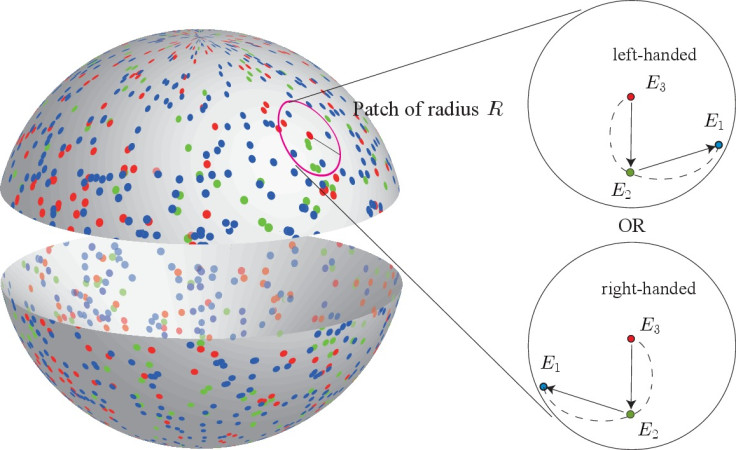Spiral magnetic fields detected in space explain why we exist

Left-handed spiral magnetic fields imprinted on gamma rays detected by Nasa's Fermi space telescope indicate why the universe contains stuff instead of being a big vast void.
According to existing theories, the Big Bang ought to have produced equal amounts of matter and antimatter which would have immediately annihilated each other leaving nothing behind.
But turns out matter won the race somehow.
Tanmay Vachaspati from Arizona State University had suggested back in 2001 that this could be due to the creation of monopoles and antimonopoles in the annihilation process. Basically, these are particles with one magnetic pole.
These monopoles, he said, would annihilate each other producing matter and antimatter but by a chance caused by charge parity violation, matter outlasted antimatter.
However, if that theory is right, there ought to be remnants of twisted magnetic fields left by the monopoles, and these he showed, should be left-handed.
That is what he has now found working with collaborators at Washington University and Nagoya University and analysing Fermi data.
Vachaspati commented: "Both the planet we live on and the star we orbit are made up of 'normal' matter, and though it features in many science fiction stories, antimatter seems to be incredibly rare in nature. With this new result, we have one of the first hints that we might be able to solve this mystery."
The Fermi Gamma ray Space Telescope, launched in 2008, observes gamma rays from very distant sources, such as the supermassive black holes.
The gamma rays being sensitive to effect of the magnetic field should carry the imprint of any spiral pattern of a field encountered in their journey.
The team detected such an imprint and measured its properties, showing the helical field is predominantly left-handed.
That explains the absence of antimatter.
The team has published their work in Monthly Notices of the Royal Astronomical Society.
There is still some uncertainty as the finding could be a coincidence but Vachaspati thinks not.
The finding suggests the early cosmological magnetic field could have seeded the stronger field seen in galaxies and clusters of galaxies in the present day.

© Copyright IBTimes 2025. All rights reserved.





















